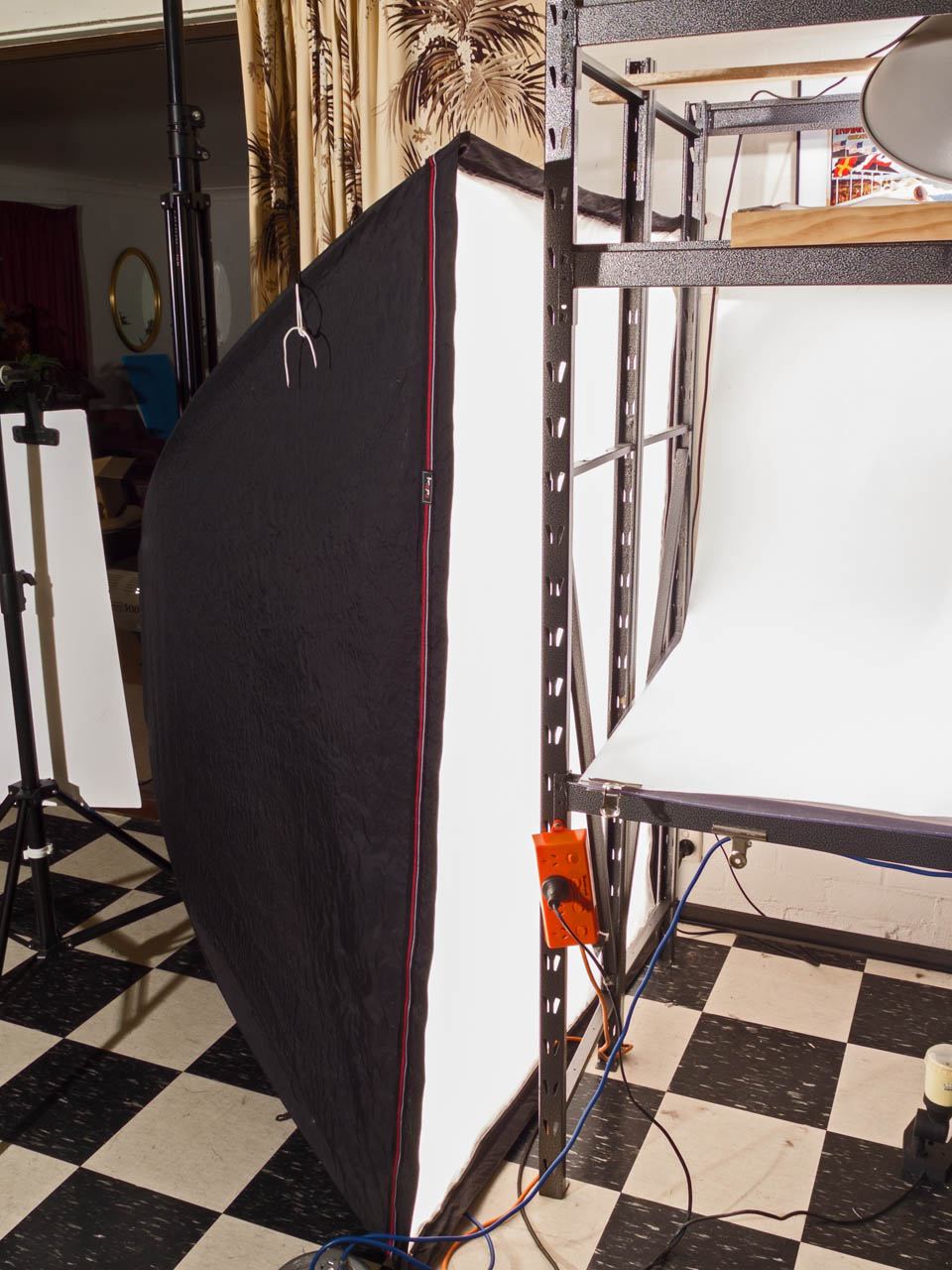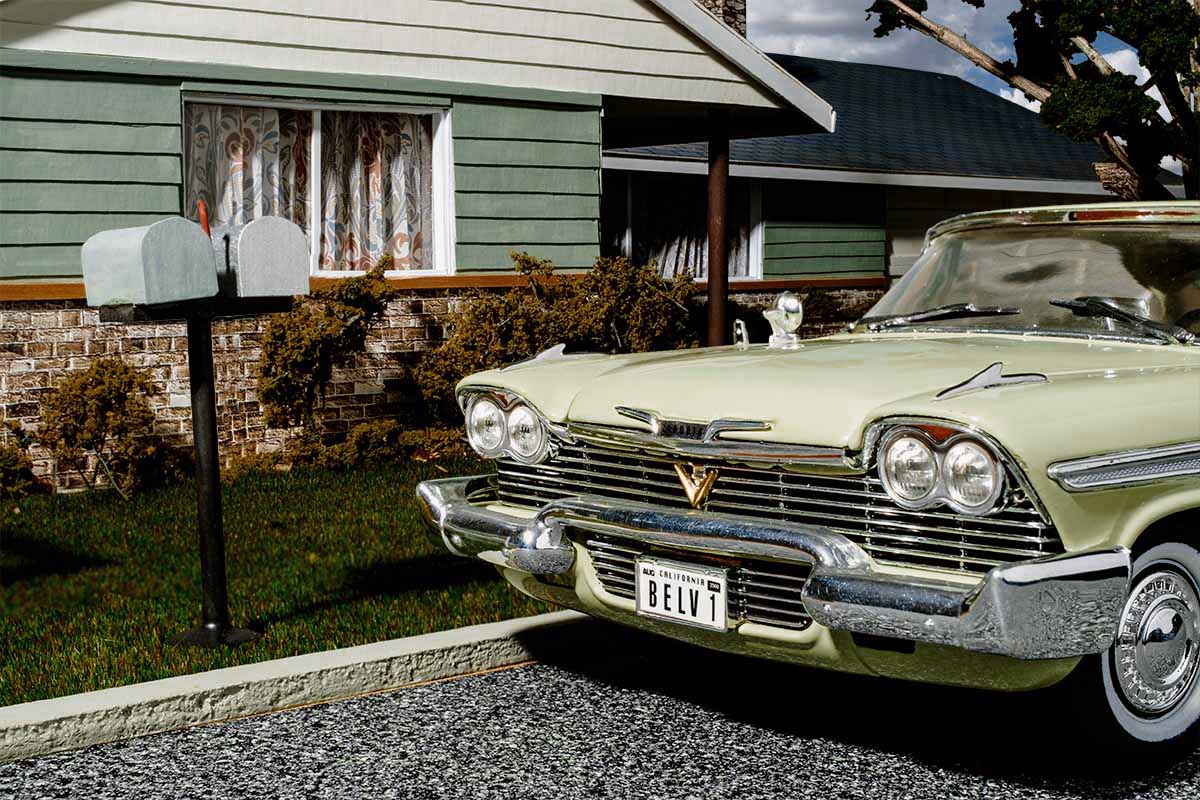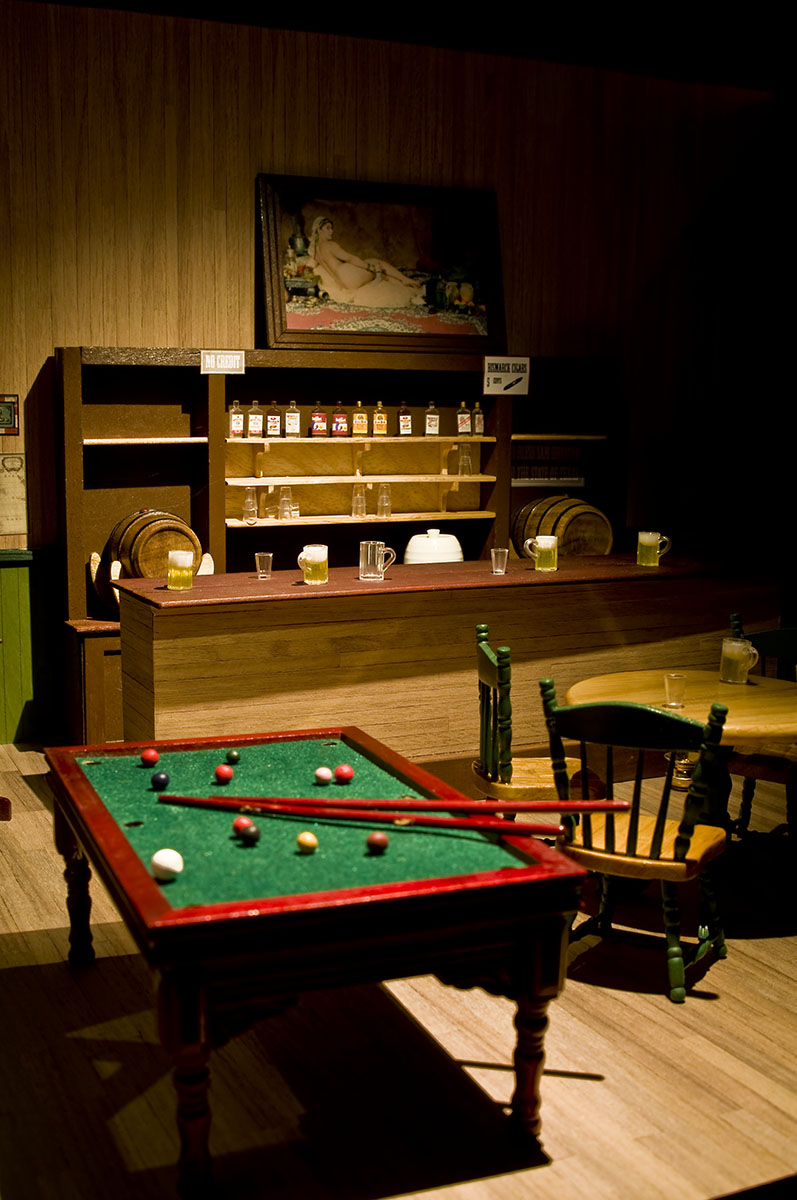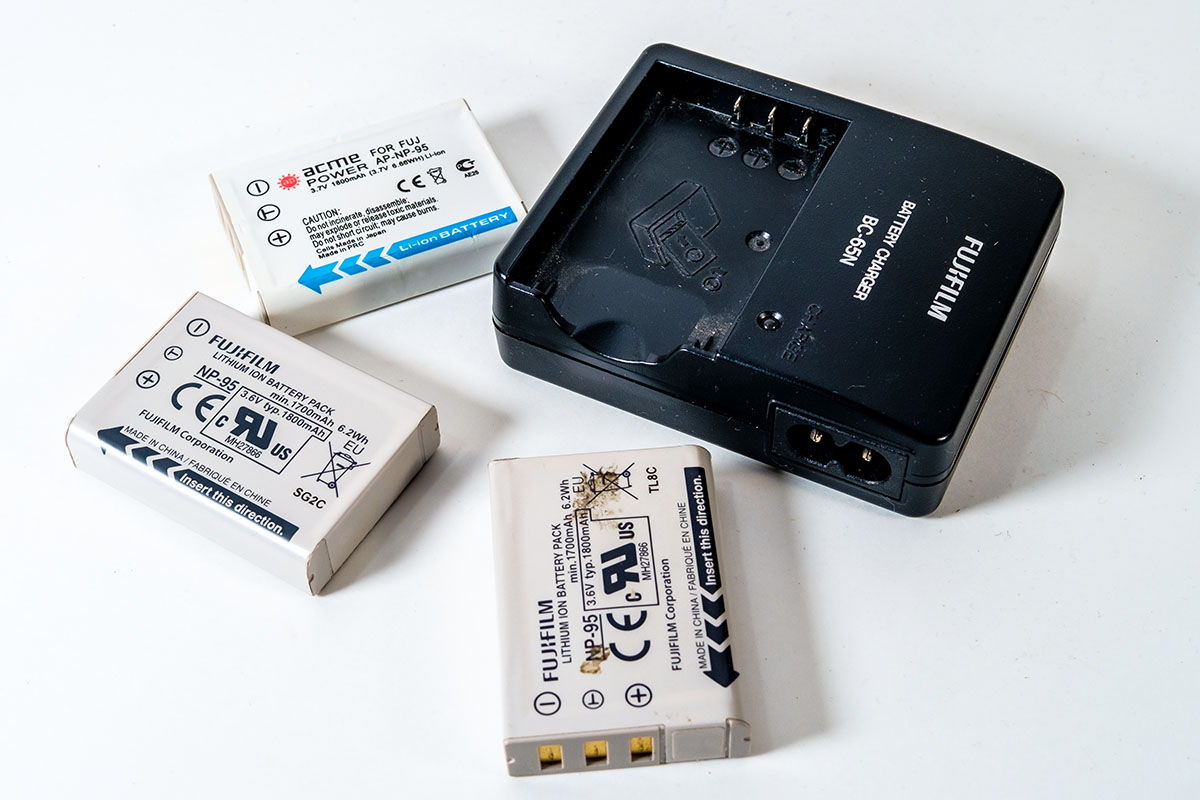14 Jul When To Go Out…
Well, if your subject is just too big, too wild, or too smelly for a studio, you'll have to take it outside. This also applies to the things that are fixed in place - powerhouse turbines, mountains, railway bridges. No good trying to move the...












